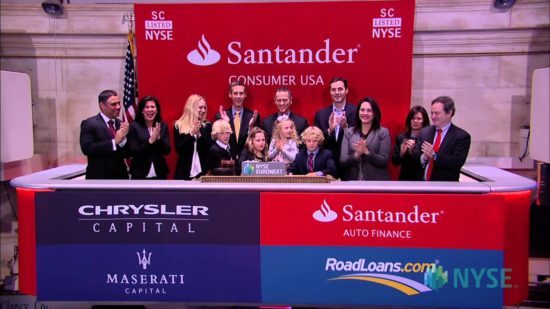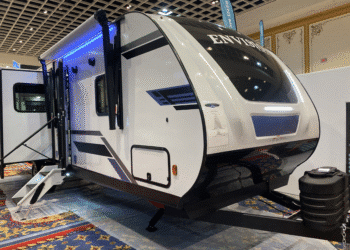
Following two consecutive quarters of double-digit origination declines, Santander Consumer USA came up relatively flat in total volume for the second quarter compared to the same period the year prior, the subprime lender reported during an earnings call today.
Santander cited origination declines as evidence that credit criteria is tightening and that the lender is not putting consumers in loans they can’t afford. That strategy has not changed, but competitors pulling back from the subprime space allowed Santander to capture an opportunity for incremental growth, Chief Executive Jason Kulas said on the call.
“The reason we know there has been some sort of easing is that we got volume that we weren’t necessarily pursuing or changing terms to get,” Kulas said. “You have some people who have come out publicly, said they are retreating, moving up market, and reining in what they are doing on the auto side. On the other hand, you have people who are benefiting from that pullback and they are competitors of all sizes. I think that’s the reason you can say there is some competitive easing, but it still remains very competitive.”
Santander originated $5.5 billion in the quarter, up 1% from the previous year-period, and up 2% sequentially. The growth was largely in retail loans which jumped 36% year over year, but was tempered by a 16% decline in leases as well as a 13% decline in volume from Chrysler Capital.
In March, the lender inked a $700 million flow agreement with parent Banco Santander SA with the intention of originating more prime loans at Chrysler. However, that has not yet played out as Chrysler Capital originations with Fico scores greater than 640 totaled $854 million, down from $1.2 billion during the same quarter last year.
“We are starting to see some signs of [growth from the flow agreement], but I think the real answer is that it plays out over a long period of time,” Kulas said. “Focusing on the floorplan business, for example, there is incremental growth every quarter in that business, incremental dealers being added to the program, so it’s going to take some time as we continue to look at that.”
Meanwhile, delinquencies continued to increase, driven by lower recovery rates, slower portfolio growth, and an acceleration of bankruptcy related charge-offs that would have happened in later quarters, the report noted.
Late stage delinquencies 60 days or more past due grew 150 basis points year over year to 7.5% of the portfolio. Furthermore, net charge-offs are also on the rise due to lower recovery rates at auction as used-car prices continue to depreciate.
Santander’s losses grew 24.5% to $513 million in the quarter. Lower recovery rates were the largest contributing factor to the surge, but the aging vintages — especially from 2015, which has sustained higher losses than other years — was the second largest variable.





